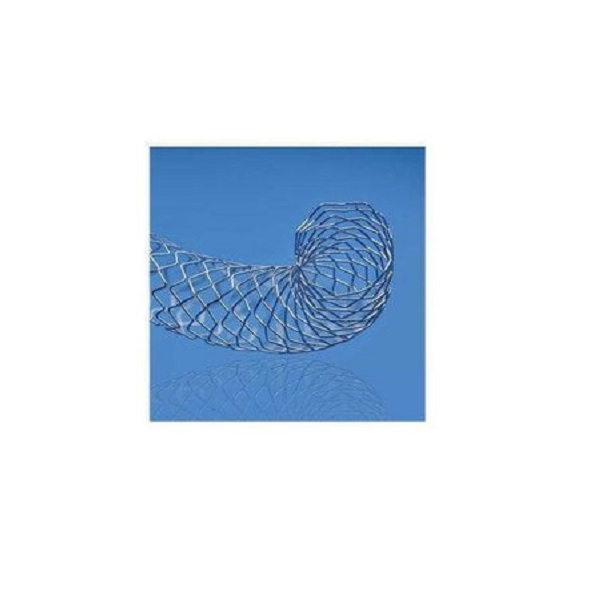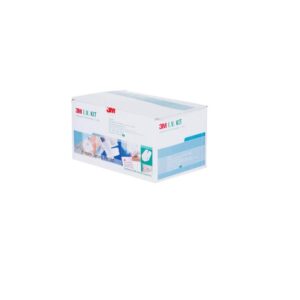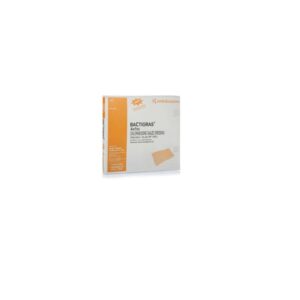Medtronic Resolute Onyx Coronary Drug Eluting Stent
MPIN: MP92517
Sign in to view priceAsk for Quote
– The Medtronic Resolute Onyx Coronary Drug Eluting Stent is an advanced workhorse DES ready for your challenging coronary cases
– It combines Continuous Sinusoid Technology and Core Wire Technology in a novel manufacturing process that offers thinner struts, exceptional deliverability, and enhanced visibility without compromising structural strength
– The Resolute Onyx DES further evolves the flexible stent platform achieved by Continuous Sinusoid Technology
– It features predictable performance with sustained structural and coating integrity, and minimal foreshortening, even at maximum overexpansion
– It has a platinum iridium core within a cobalt alloy shell which enhances radiopacity for more accurate stent placement
– Indications:
– The Resolute Integrity Zotarolimus-Eluting Coronary Stent System is indicated for improving coronary luminal diameters in patients, including those with diabetes mellitus, with symptomatic ischemic heart disease due to de novo lesions of length ≤35 mm in native coronary arteries with reference vessel diameters of 2.25 mm to 4.20 mm
– Precautions:
– Only physicians who have received adequate training should perform implantation of the stent
– Stent placement should only be performed at hospitals where emergency coronary artery bypass graft surgery can be readily performed
– Subsequent stent restenosis or occlusion may require repeat catheter-based treatments (including balloon dilatation) of the arterial segment containing the stent. The long-term outcome following repeat catheter-based treatments of previously implanted stents is not well characterized
– The risks and benefits of the stent implantation should be assessed for patients with a history of severe reaction to contrast agents
– Do not expose or wipe the product with organic solvents such as alcohol
– When drug-eluting stents (DES) are used outside the specified Indications for Use, patient outcomes may differ from the results observed in the RESOLUTE pivotal clinical trials
– Compared to use within the specified Indications for Use, the use of DES in patients and lesions outside of the labeled indications, including more tortuous anatomy, may have an increased risk of adverse events, including stent thrombosis, stent embolization, myocardial infarction (MI) or death
– Care should be taken to control the position of the guide catheter tip during stent delivery, deployment and balloon withdrawal. Before withdrawing the stent delivery system, visually confirm complete balloon deflation by fluoroscopy to avoid guiding catheter movement into the vessel and subsequent arterial damage
– Stent thrombosis is a low-frequency event that is frequently associated with MI or death.Data from the RESOLUTE clinical trials have been prospectively evaluated and adjudicated using the definition developed by the Academic Research Consortium (ARC)
– The stents are available in 9 lengths and 9 diameters
Shipping Policy
Orders made at Medpick are initiated and processed for shipment upon receipt of request from the customer. Please note that our Shipping Services (Fee, Transportation, Loss or Damage of any shipment, etc.) are in accordance with the Seller\'s terms of Shipment.
Refund Policy
Please refer to Medpick Return Policy.
Cancellation / Return / Exchange Policy
Please refer to Medpick Return Policy.
 REGISTER
REGISTER
 SIGN IN
SIGN IN








